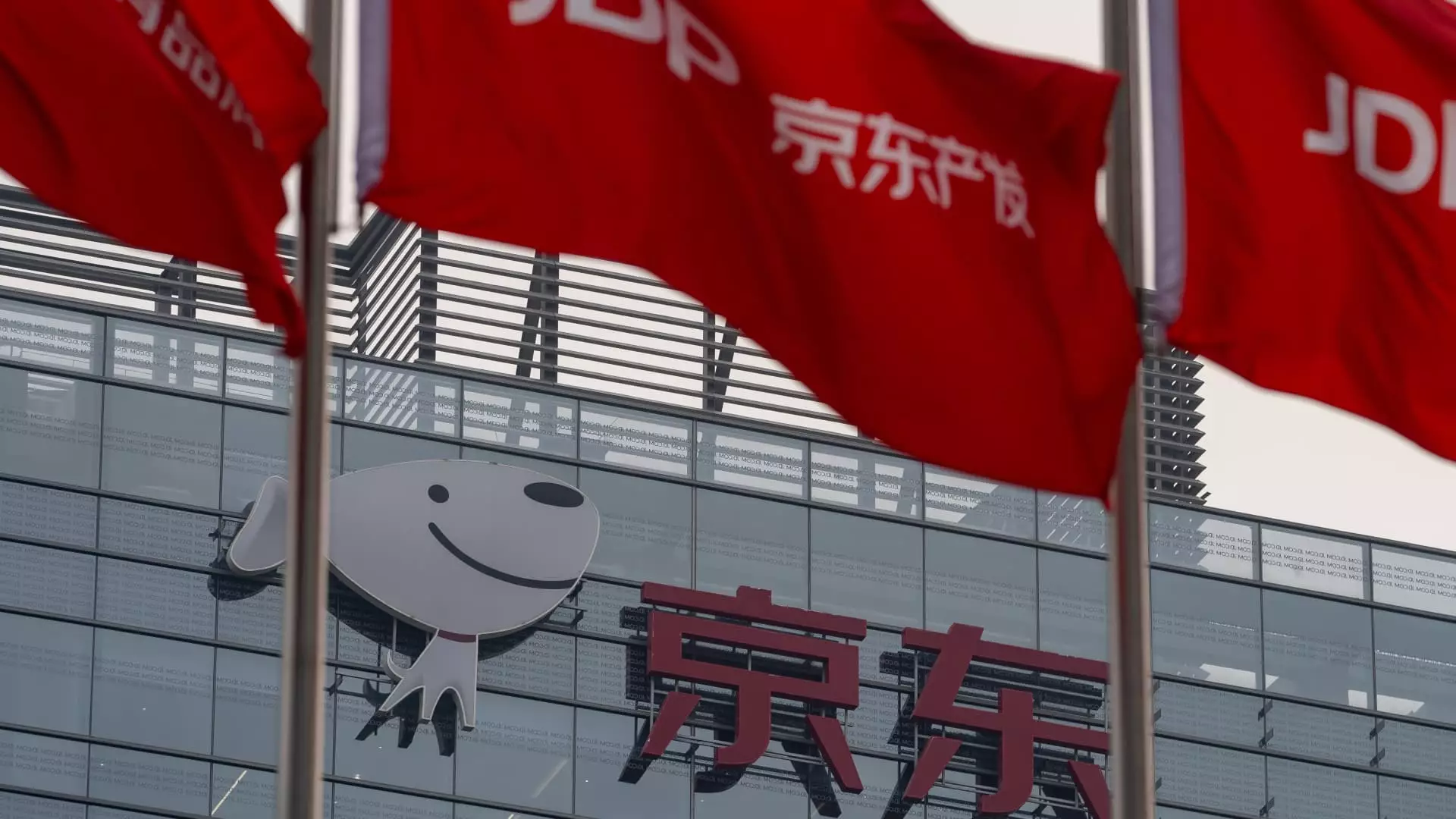JD.com, a prominent Chinese online retailer, made headlines recently with its announcement of a $5 billion buyback plan. This move significantly impacted the company’s stock performance, with its Hong Kong-listed shares surging by 1.2% and its U.S. listed shares rising by 2.24%. Despite this positive response from investors, JD.com’s shares have still experienced a 20% decline year to date.
While JD.com’s shares are struggling to regain momentum, the broader market context of the Hang Seng index paints a slightly different picture. The Hang Seng index was down 0.82% on the day of JD.com’s buyback announcement, but it is up 4% for the year so far. This contrast highlights the challenges faced by individual companies within the larger market environment.
JD.com’s decision to initiate a $5 billion buyback is not an isolated incident in the Chinese e-commerce sector. Earlier this year, the company also announced a $3 billion buyback in March. Chelsey Tam, a senior equity analyst at Morningstar, commented on JD.com’s strategy, noting that share buybacks are a common tactic in China when share prices are low. Other players in the e-commerce industry, such as Vipshop, have also increased their share buyback programs in response to market conditions.
The Chinese e-commerce sector has faced significant challenges in recent months, due in part to a sluggish domestic economy. Major players like Alibaba and Pinduoduo have reported disappointing financial results, leading to investor concerns about the overall health of the industry. Alibaba, for example, initiated a $25 billion share buyback after missing revenue targets in the previous quarter.
JD.com’s recent buyback announcement reflects a broader trend in the Chinese e-commerce sector. As companies grapple with economic uncertainties and market volatility, share buybacks have emerged as a strategic tool to boost investor confidence and stabilize stock prices. However, the long-term impact of these buybacks remains to be seen, as external factors continue to influence the performance of individual companies and the market as a whole.


Leave a Reply